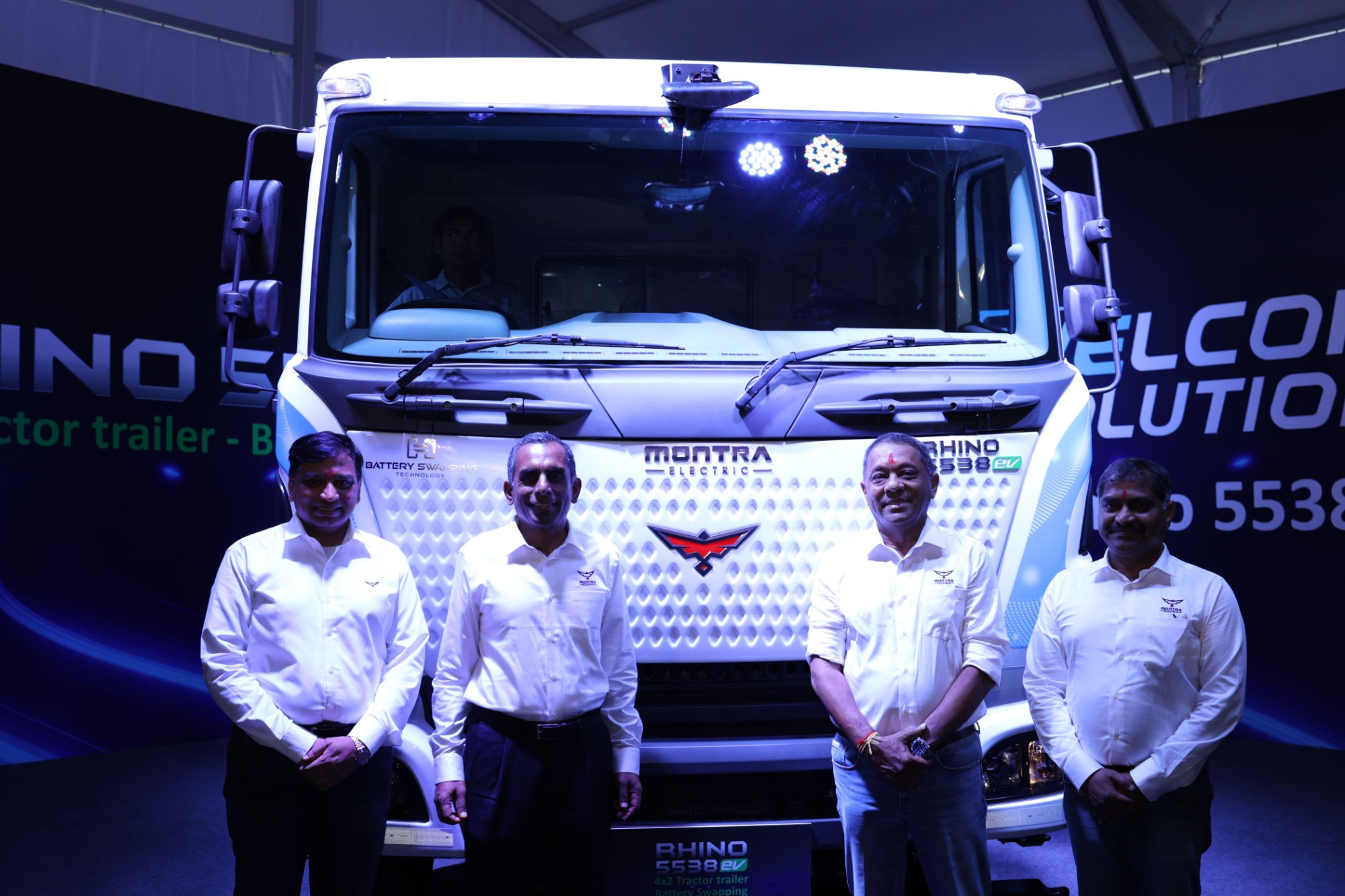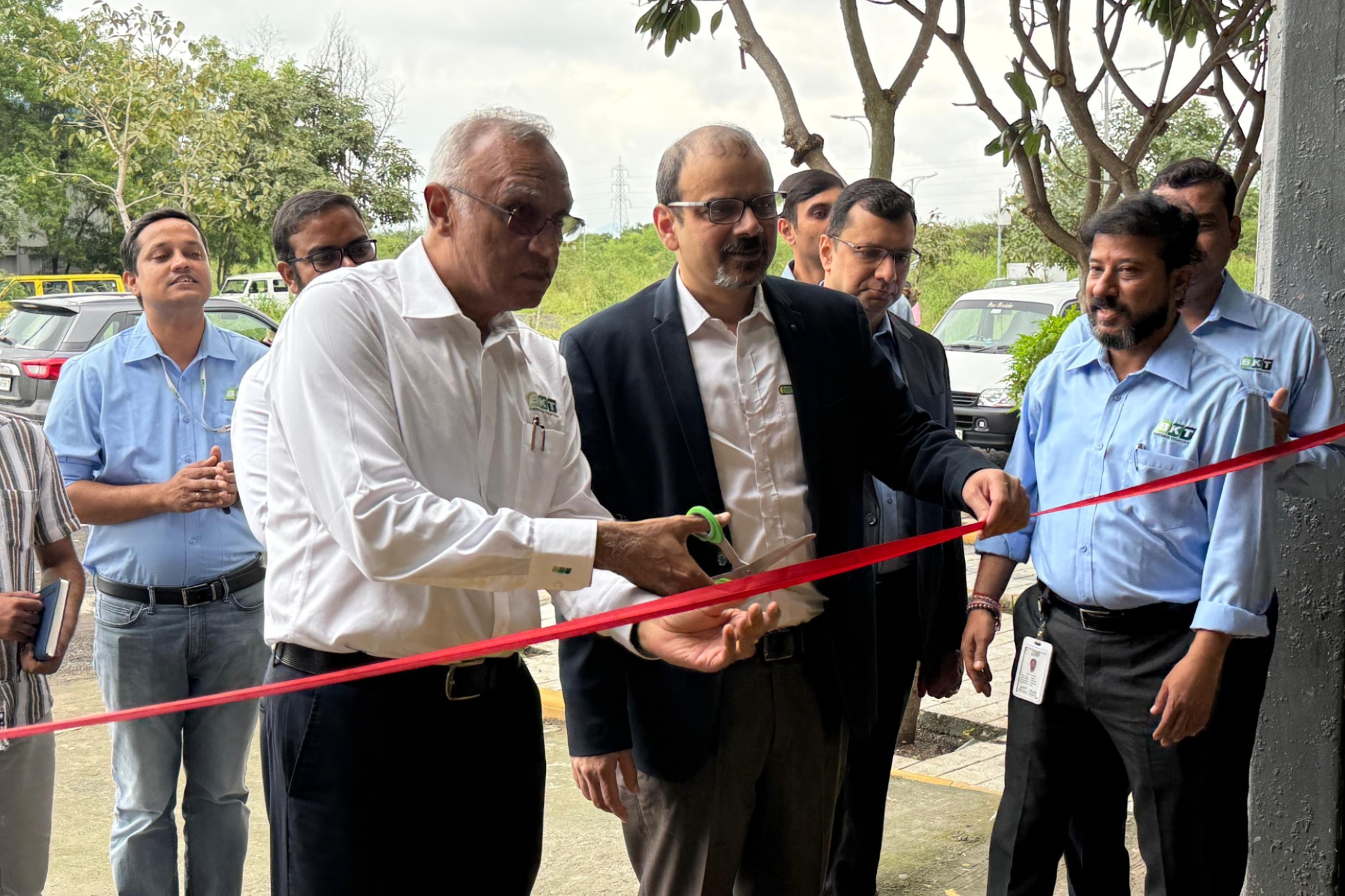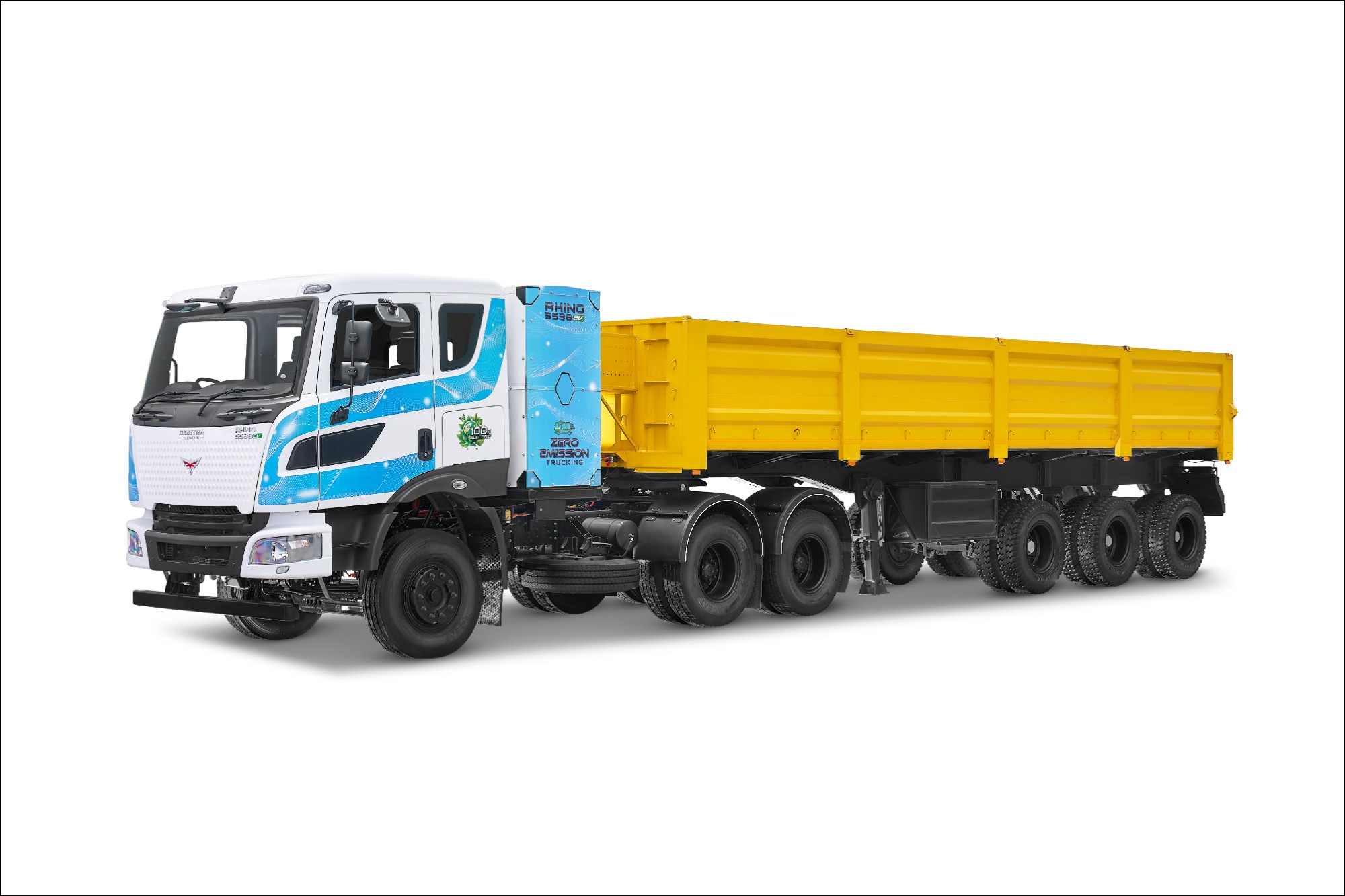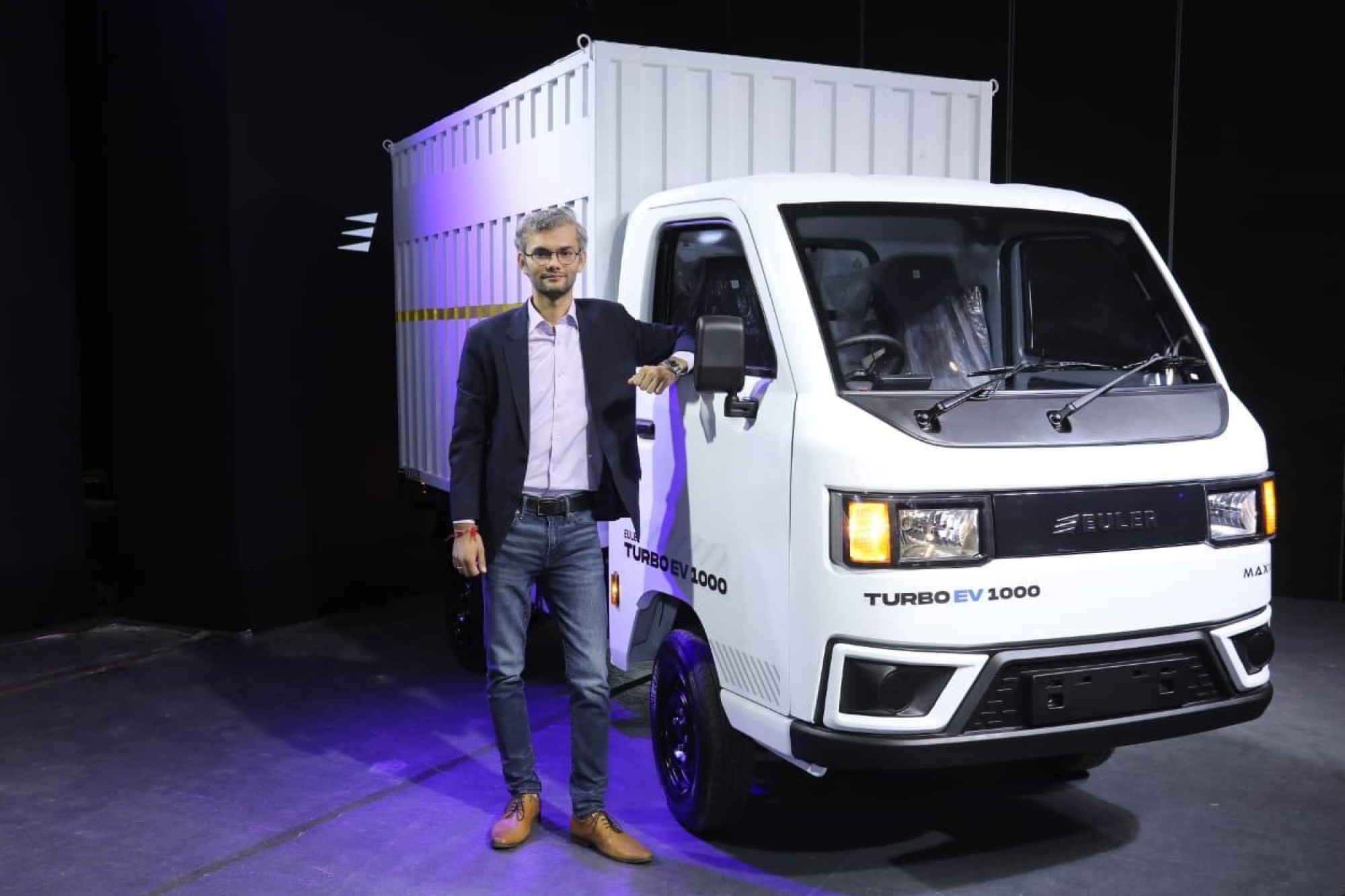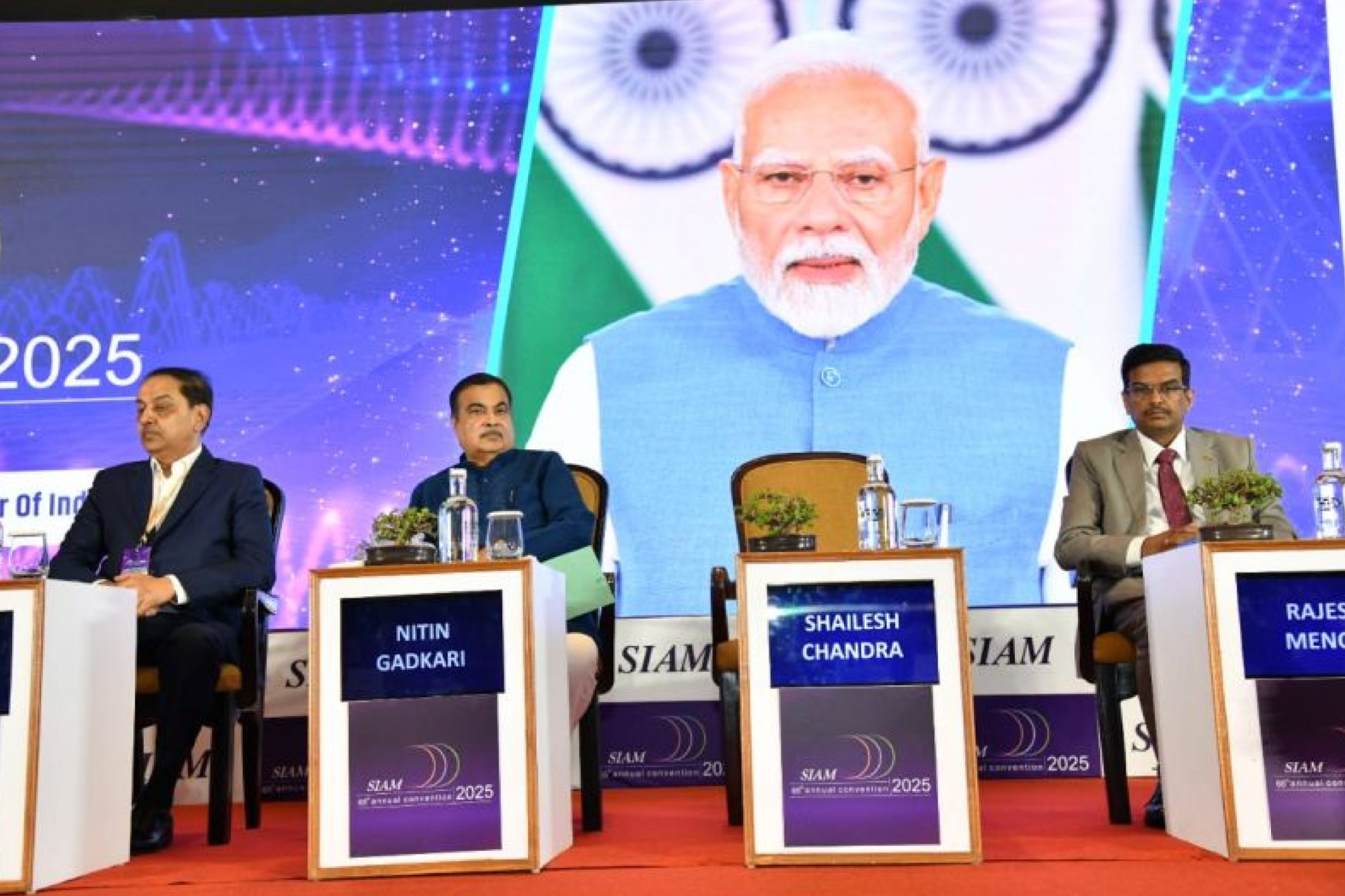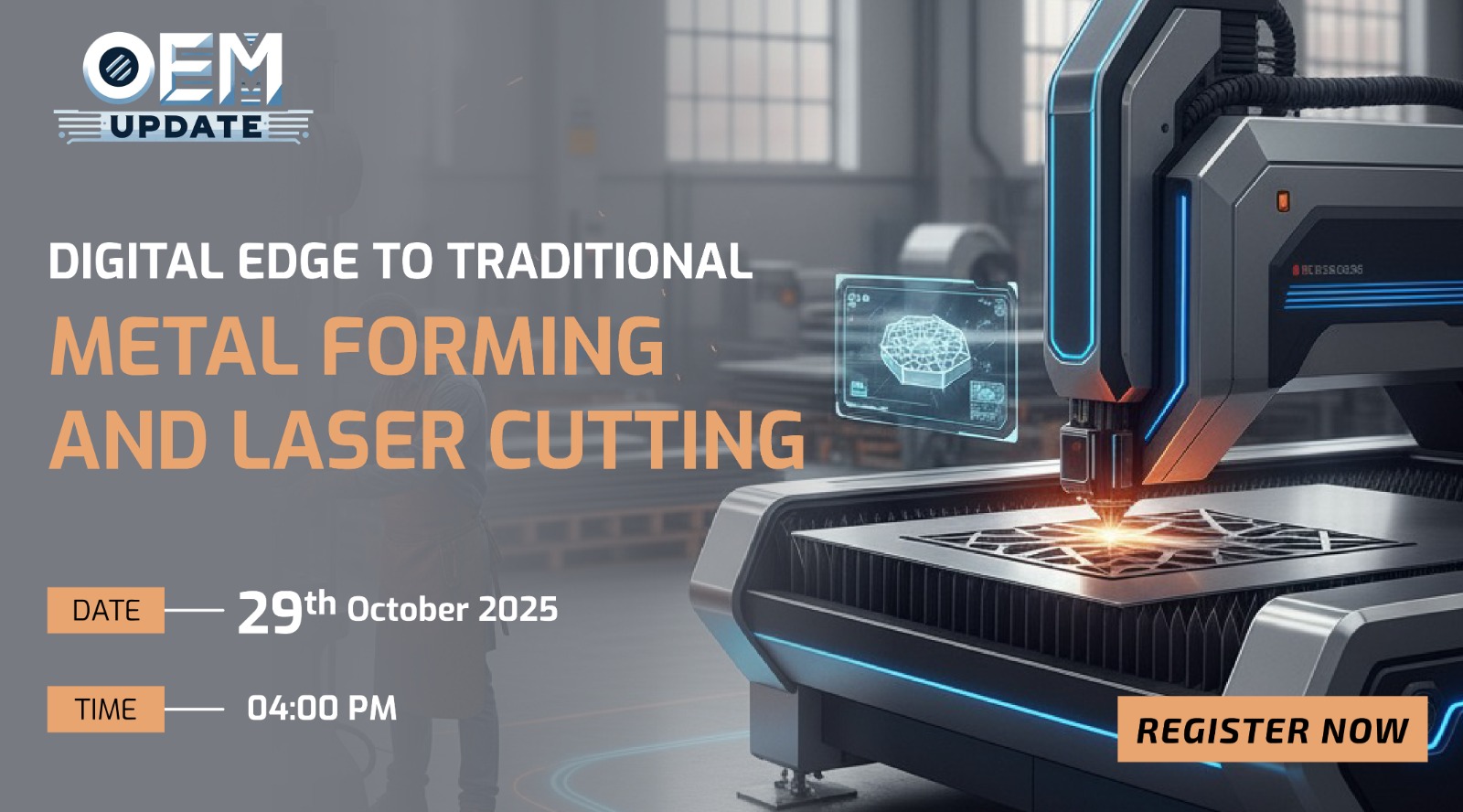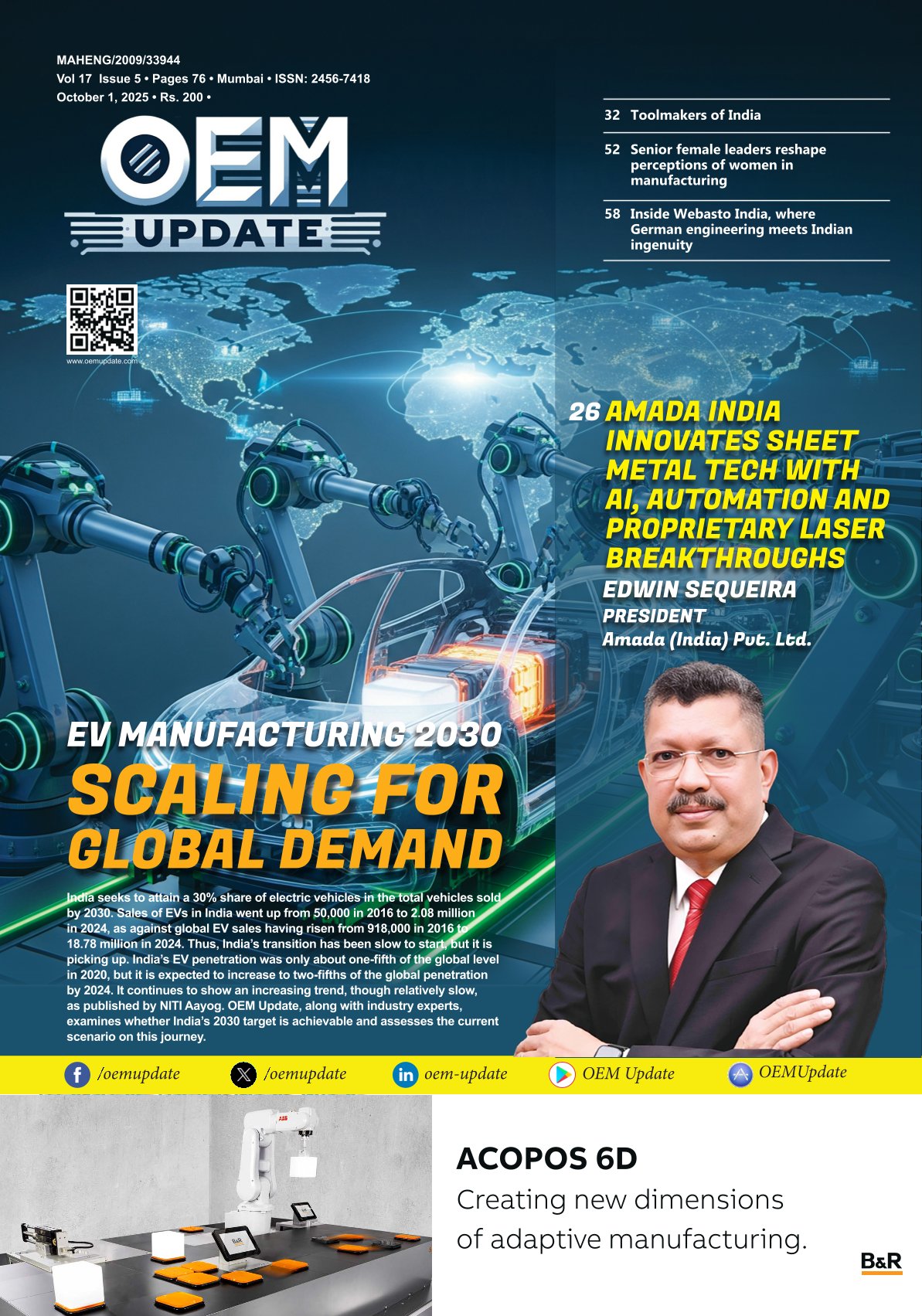Auto OEM reduces front axle weight by 40% with ANSYS
By admin August 18, 2011 12:41 pm IST
The rapid developments in numerical simulation techniques, faster computing ability, and greater memory capacity, are allowing engineers to create and test industrial equipment in virtual environments. Through finite element analysis (FEA), these sophisticated simulations provide valuable information for designing and developing new products, as well as perfecting existing ones.
Manufacturers have found this method eminently useful, as it helps them to achieve better productivity at a lower cost per unit, and develop engineering components that are easy to manufacture, and which make the most economic use of their materials.
Tata Consultancy Services (TCS) of Mumbai is at the forefront of FEA. Dr. Dilip K Mahanty, group leader of the design & analysis centre of TCS Engineering Services Group, and an expert in FEA, has used this method to perform numerous design evaluations and modifications on components for everything from household appliances to locomotives. In order to attain the utmost accuracy,
Dr. Mahanty always uses ANSYS, a leader in finite element analysis software. International Auto Limited (IAL), one of the foremost automotive component and aggregate systems manufacturers in India, supplies sheet metal stampings and precision machine parts to various original equipment manufacturers throughout the country.
ChallengeIAL’s objective was to find a way to reduce the weight of the front axle of a commercial tractor.
Since the tractor had never been known to fail in the field, the design of its front axle was to be used as the basis for the axle of the new vehicle. As the front axle undergoes the heaviest load conditions of the tractor, it would take some intense testing and pinpoint modifications to equal the success of the existing axle, while making it lighter.
S S Udgata, research & development manager for International Auto, Ltd., called Dr. Mahanty to collaborate with his team in the evaluation and modification of the design for the new tractor.
Solution Dr. Mahanty turned to ANSYS to solve the problem. The team members devised a series of 13 gruelling certification tests, including seven major cases, and six sub-cases, through which they would put a geometric model of the front axle of the tractor, and use FEA/ANSYS to evaluate it under different load conditions.
They built the model in Unigraphics, a CAD package, and then transferred it to ANSYS. Using HP Workstation C3000, each iteration took about 30 minutes to solve the finite element model for the given load and boundary conditions. ANSYS Mechanical software was used for pre-/post-processing and solving. First, they performed the Drop Test, wherein a 35/55-hp tractor was run on a hard course.
During alternating segments of this test, both front wheels fell into the pit; one wheel was in the pit, while another went over a hump; one was on a plane, while the other was on a slope; then, it was operated on a V-shaped road with small and large humps.
During both phases of the wide open test, the front axle extenders were fully extended, while the tractor ran, first with one wheel on a slope, and the other on a plane, then on the V-shaped road with a hump, at 15 kmph. For the pit test, the tractor went down one side of a 10-foot-deep pit with a 20° slope, and up the other, at 30 kmph.
In the eight (8)-shaped track test, the tractor ran at 35 kmph on an 8-shaped track, with three medium-sized humps positioned at 120° to each other in each half of the track. While negotiating a curve, the steering wheel was turned until it reached its locking position. The Impact Test had one side of the tractor crashing into a wall at 35 kmph.
In the worst load test, all of the worst load conditions were applied to the axle, and then analysed.
The results of the 13 load cases on the current model indicated that the structure was safe overall. Although there were a few high-stress areas, it was apparent that they were localized, since the stresses died down within an element or two. These results were used as the basis for comparison with the five proposed models that had evolved, each of which emphasized weight optimization and easy manufacturability.
The proposed designs were then evaluated under the same selected worst load cases as the existing design. The analyses of all five models yielded displacements and stresses close to those in the existing design. The displacement increases were insignificant, while the stress increases were close to 15 percent. All of the new designs met the structural requirements. Ultimately, the U-box with extender was chosen as the best of the proposed models.
BenefitsNot only did the proposed designs have a weight reduction of approximately 40 per cent, but they could also be produced without much welding, which meant marked savings in manufacturing costs. The need for smaller components, such as bearings and knuckles, also made them considerably less expensive.
Dr. Mahanty says, “This analysis work showcases the use of finite element analysis as a method for reduction of cost in terms of materials and manufacturing. The benefits provided are many. We could change the design and see the impact in a very short time, which helped in fixing a feasible design. Also, due to analysis results obtained from ANSYS, it was very much possible to check the design parameters, such as maximum stress level limits. And the reduction in the cost of production and weight significantly reduced the cost of the new design of the front axle.”
Cookie Consent
We use cookies to personalize your experience. By continuing to visit this website you agree to our Terms & Conditions, Privacy Policy and Cookie Policy.






